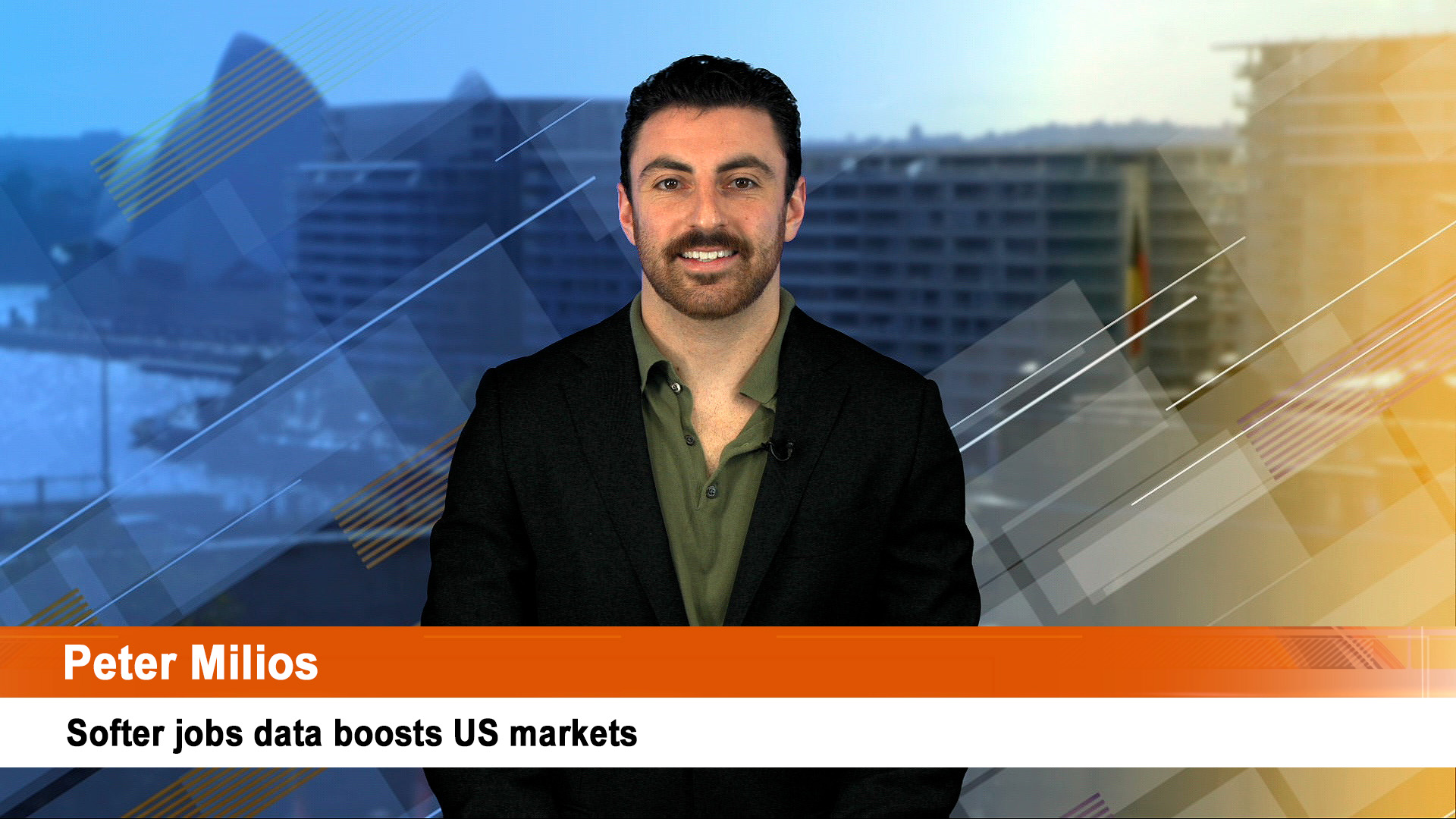The US economy slowed noticeably in the final quarter of 2020 thanks to the deadly surge of COVID cases over the holiday season and the exhaustion of the $US3 trillion in stimulus spending released earlier in the year.
Together these helped batter consumer spending to the point where the economy almost stalled but didn’t.
But a separate report revealed that at the start of 2021, a total of 18 million Americans were receiving unemployment benefits and that of the 22 million jobs lost in the pandemic’s first wave in March and April, only 12.4 million have been recovered.
That means for all the talk of ‘recovery’ and ‘rebound’ the US economy will be weighed down by this terrible toll for years to come.
GDP rose 4% on an annualised basis (favoured by Americans) down from the 33.4% rate in the September quarter.
On a quarter-on-quarter basis (used by Australia and other countries) growth was just 1%.
That was a sharp slowdown from the September quarter, when an easing of lockdowns and business re-openings saw a record 7.5% growth rate.
GDP fell 3.5% in 2020, the biggest drop since 1946, the US Commerce Department said on Thursday.
That followed 2.2% growth in 2019 and was the first annual fall in GDP since the 2007-09 Great Recession.
By the end of 2020, the economy was 2.55 lower than it was at the end of 2019.
The news had no impact on Wall Street where a solid rebound from Wednesday’s big sell-off was underway.
The late-year slump was driven by a slowdown in consumer spending.
Consumer spending, which accounts for more than two thirds of the US economy, grew less than 1% in the fourth quarter, compared with the 9% splurge in the third.
But for the year consumer spending, which accounts for more than two-thirds of the economy, plunged 3.9%, the worst performance since 1932.
But parts of the economy that are less exposed to the pandemic helped pick up the slack. The housing market continued to surge, partly because of low interest rates, and business investment was strong.
The data supports the observation from the US Federal Reserve which said in its post meeting statement on Wednesday that “the pace of the recovery in economic activity and employment has moderated in recent months.”
With the virus still raging, economists are expecting growth to slow to around a 1.0% rate in the first quarter, before regaining speed by northern summer as the mooted additional stimulus from the Biden administration kicks in and more Americans are vaccinated.
The economy’s prospects hinge on the distribution of vaccines to fight the virus as the Fed also observed on Wednesday.
“The ongoing public health crisis continues to weigh on economic activity, employment, and inflation, and poses considerable risks to the economic outlook,”
To this end President Joe Biden has unveiled an ambitious vaccination program and a recovery plan worth $US1.9 trillion, but some Republicans in Congress have balked at the price tag so soon after the government provided nearly $US900 billion in additional stimulus in late December.
A separate report revealed the continuing high levels of jobless claims as the labour market weakness persists now for almost a year.
The US Labor Department said initial claims for state unemployment benefits totalled a seasonally adjusted 847,000 for the week ended January 23.
While that was down 67,000 from the prior week, claims remain well above their 665,000 peak during the 2007-09 Great Recession.
Including a government-funded program for the self-employed, gig workers and others who do not qualify for the regular state unemployment programs 1.3 million people filed claims last week.
Only 12.4 million of the 22.2 million jobs lost in March and April have been recovered. Around 18.3 million Americans were receiving unemployment checks this month.













